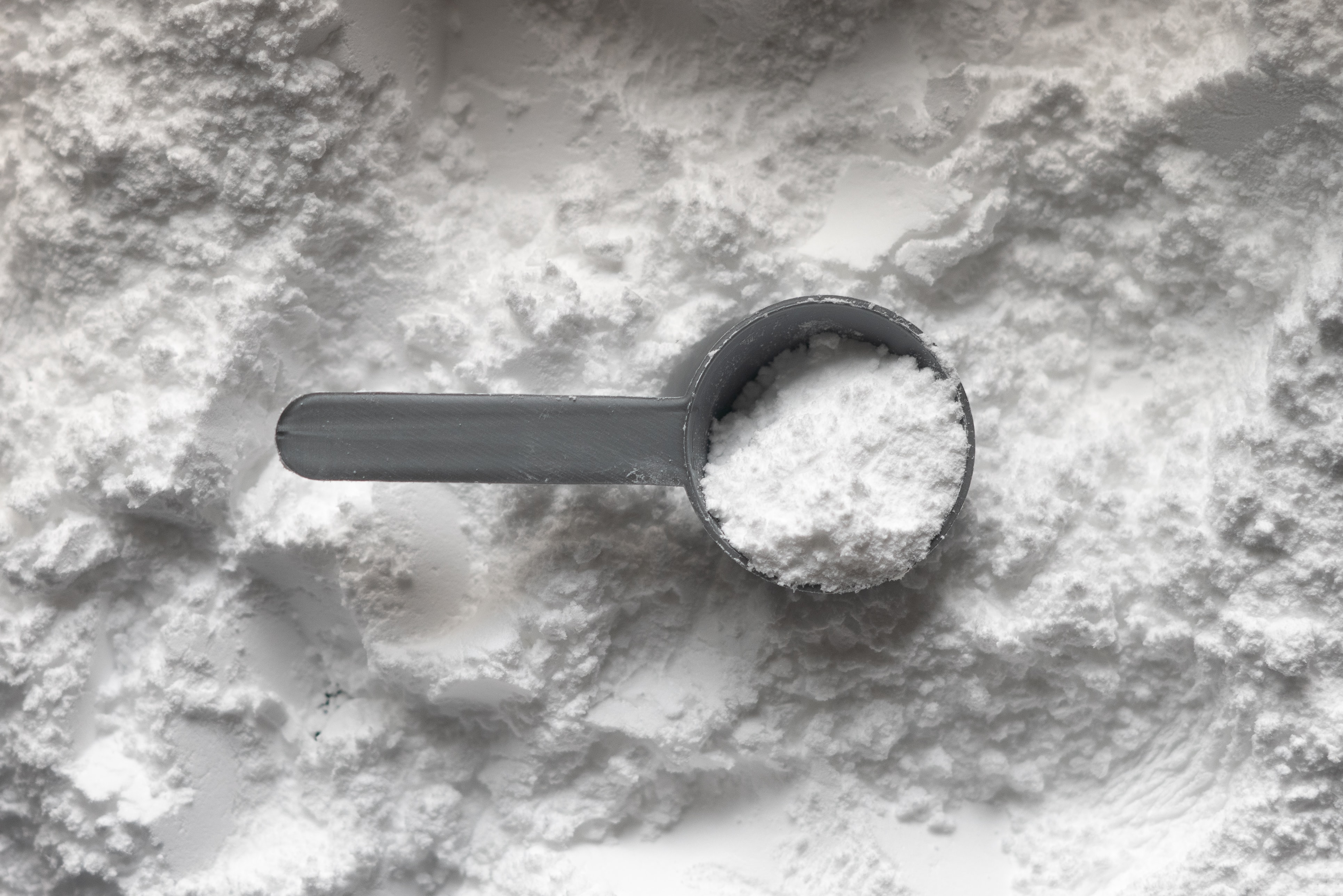Ladies, good news has fallen upon us. There is no need to suffer helplessly from PMS without any real help anymore!
Tired of taking chemical-laden pills (birth-control, diuretics, NSAIDS and anti-depressants) to mask the pain of PMS? A study published in Complementary Therapies in Medicine has shown that Omega 3 fatty acids can help reduce the symptoms of PMS. The combination of DHA and EPA fatty acids may be able to reduce PMS symptoms, researchers say.
Furthermore, the study indicated that the results increased by longer duration of Omega 3 treatments. So, the longer Omega 3’s are in your diet, the better you will feel. Good news for your husband, co-workers, or anyone standing near you, really too.
What is PMS?
PMS is known as a collection of emotions that are related to a woman’s menstrual cycle and it may be accompanied by physical symptoms as well. PMS occurs one to two weeks before menstruation or bleeding begins.
Approximately 40 percent of women suffer from PMS, or premenstrual syndrome, each month. And 2 to 10 percent of those women report that their PMS is severe enough to affect their jobs and lifestyle.
Symptoms may vary from woman to woman, but here a few common nasty side effects:
- Anxiety
- Bloating and weight gain
- Breast tenderness
- Depression
- Headache
- Nervousness
- Lack of concentration
- Acne
- Insomnia
- Mood swings or crying spells
- Joint or muscle pain
- Changes in appetite or food cravings
- Fatigue
- Constipation
- Change of interest in sex
Causes of PMS
Call it the luck of the draw but some women aren’t too bothered by PMS. Others can barely get through the day. Changes in hormones are mostly responsible for these unpleasant experiences.
Other causes of PMS that are easier to control include:
- Inadequate intake of vitamins and minerals (from fruits and vegetables)
- Fluid retention due to eating too many salty, processed or fried foods
- Consuming too much alcohol and caffeine, which may affect food and energy levels
PMS is also more common in women who have had at least one child, are in their late 20’s or early 40’s, and have a history of depression or have a family member who has had postpartum depression.
What are Omega 3 Fatty Acids and How Do They Reduce PMS Symptoms?
Omega 3 fatty acids are long chains of polyunsaturated fatty acids that must be derived from dietary sources as the human body cannot make these on its own. The three main types of omega 3 fatty acids are alpha-linolenic acid (ALA), docosahexaenoic (DHA) and eicosapentaenoic acid (EPA).
Depression, anxiety, mood swings, and other emotions seem to be a common symptom among women with PMS. (Men- you too would feel depressed too if you broke out in acne and couldn’t fit in your jeans every month!) Omega 3 fatty acids play a critical role in the development of the central nervous system, which consists of the brain and emotions.
Your brain relies heavily on dietary fat to keep healthy. Research shows that dietary fat may influence the outcome of depressive disorders. In fact, 20 percent of the dry weight of the brain is made up of polyunsaturated fatty acids. Furthermore, one out of every three fatty acids consumed goes straight to your central nervous system (the brain and spinal cord).
Inflammation also plays a role in PMS. Your brain is responsible for the way the body responds to stress. Bodily inflammation can affect the workings of the brain and can furthermore lead to hormonal imbalance. Not good for PMS-suffering women already trying not to eat chocolate or punch something.
Some changes in emotion, such as anxiety, may be linked to inflammation. Omega 3’s works to lower inflammation related symptoms by blocking proinflammatory cytokine production, or the building blocks of inflammation.
How to Get More Omega 3’s in Your Life
The daily recommended intake of omega 3 fatty acids is 250 mg for adults. Eating one to two servings of omega 3 fatty acids per week (around 8 ounces) should give you enough PMS fighting power.
Healthy plant sources of ALA omega 3 fatty acids include:
- Flaxseed
- Walnuts/Walnut oil
- Chia seeds <— the highest plant based source of Omega 3 ALA
- Some green vegetables such as Brussels sprouts, kale, spinach, and salad greens
Non-vegan sources of omega 3’s include omega enriched eggs and cold water fatty fish, such as salmon, mackerel, krill, and herring.
Seafood Sources Will Give You The Omega 3 Your Body Requires
From my years of research on this subject, omega 3 from seafood sources is the form your body finds easiest to absorb. This is because fish contains EPA and DHA (omega 3 in it’s most broken down form), which means it does not require any more breaking down to access the good stuff to it needs to then send on to the various parts of the body that require it. Whereas only a small percentage of people can breakdown ALA omega 3 sources into DHA and EPA, and it is the EPA and DHA that give your body the Omega 3 benefits spoken so highly of.
Although getting your omega 3’s from whole food sources is always the best choice, another option is to invest in a good, quality fish oil supplement especially if you are not a fan of eating fish on a regular basis or at all. Just make sure your fish oil supplement is clean and comes from a pure, Atlantic Ocean fish. Wild caught is even better!
Why I Personally Love Omega 3 Supplements
On a personal level, I am a huge fan of supplementing Omega 3 because it was one of the supplements that helped me to manage my endometriosis symptoms naturally (a hormonal condition) when I chose to ditch all conventional medications, almost eight years ago now. My personal favourite at the minute is Uno Cardio 1000, simply because it has the highest EPA and DHA levels per capsule on the UK market, and is very pure.
Another reason most of us need to supplement Omega 3 whether we have hormonal problems or not, and no matter whether we are a man, woman or child, is because we are simply eating far too much Omega 6. It is believed that our Palaeolithic ancestors ate Omega 6 and Omega 3 in a 1:1 ratio, and at present some experts believe our range is anywhere between 10:1 and a staggering 20:1 in favour of Omega 6!




